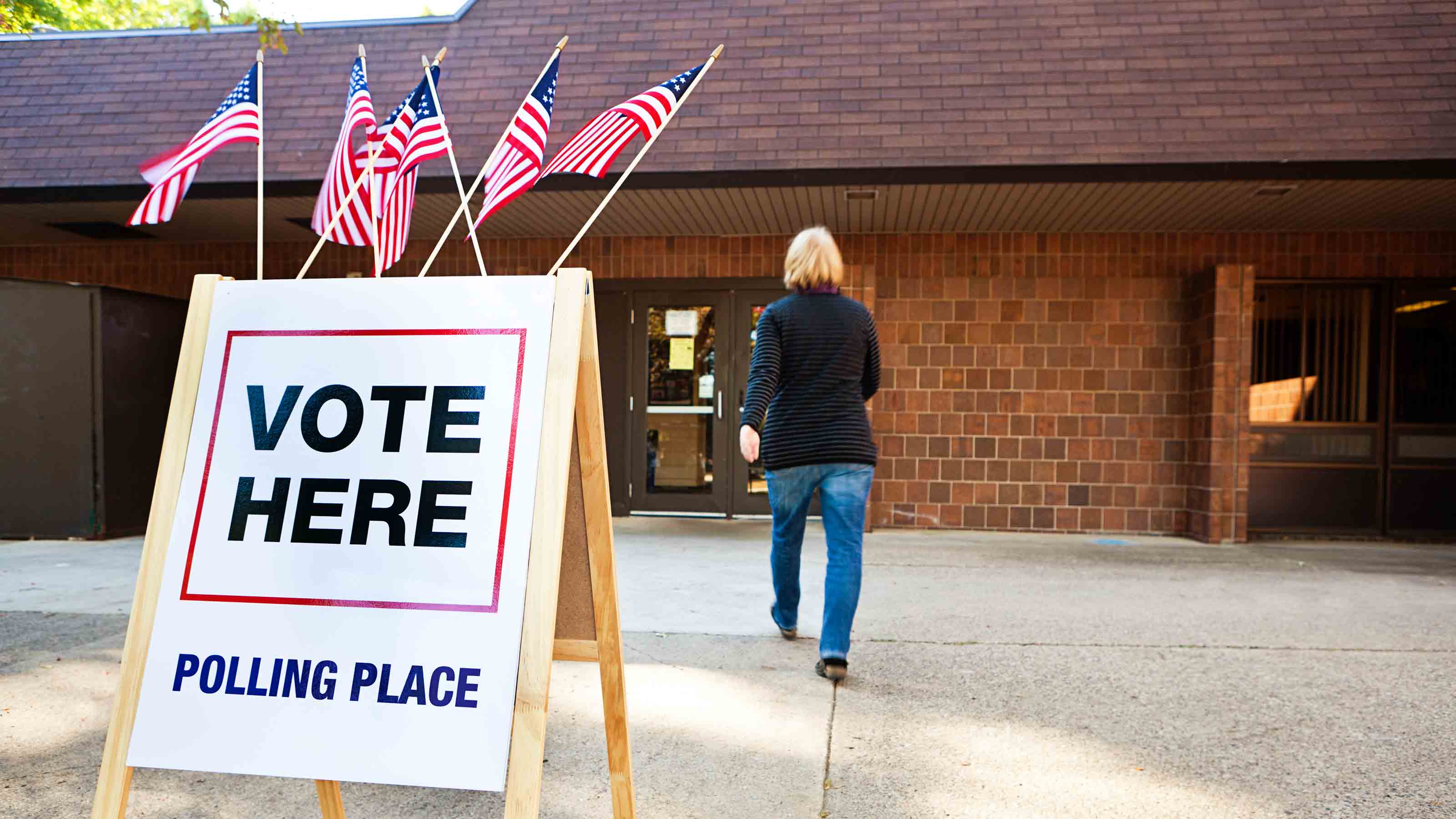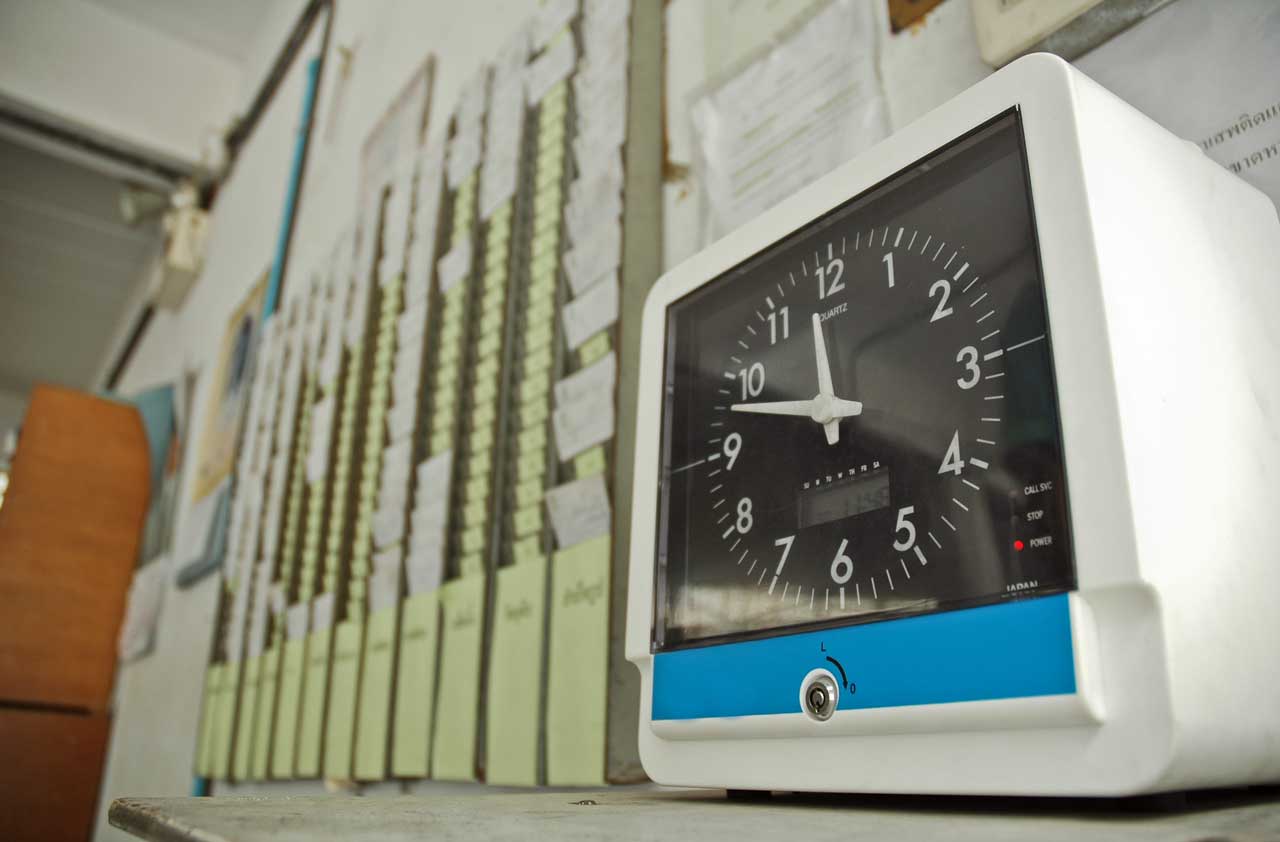Deflation Unlikely But Not Impossible
For now, when it comes to consumer prices, Goldilocks carries the day.

For now, when it comes to consumer prices, Goldilocks carries the day. Inflation is not too hot, not too cold. Even so, concerns about rising inflation, or deflation, won't fade away.
The Consumer Price Index in September saw a slight uptick, but over the past 12 months the CPI has fallen 1.3%. A year ago the deflation worry was larger for several reasons: GDP began to contract, the prices of oil and other commodities plummeted and prices of assets, especially housing, dropped sharply as well.
Last September, the threat of a global depression was real. To ward off a spiral of collapsing prices, the Federal Reserve embarked on a program that pumped about $2 trillion into shaky credit markets. That revived the market for commercial paper and also helped keep mortgage rates around 5%. Economic activity began to pick up.
From just $107.88 $24.99 for Kiplinger Personal Finance
Become a smarter, better informed investor. Subscribe from just $107.88 $24.99, plus get up to 4 Special Issues

Sign up for Kiplinger’s Free Newsletters
Profit and prosper with the best of expert advice on investing, taxes, retirement, personal finance and more - straight to your e-mail.
Profit and prosper with the best of expert advice - straight to your e-mail.
So why do some still worry? If the Federal Reserve withdraws most of that credit before consumer spending turns solid, the economy will sag and take prices of houses and stocks down with it. And that would occur at a time of substantial "slack," with the unemployment rate likely above 10% and idle factory capacity near a 40-year low. On top of that, there's an added worry that next year China, which is seeing rapid rises in stocks and property values, will crash, sending a deflationary tsunami toward the U.S.
A stronger argument can be made that the true threat is inflation. In theory the Fed should be able to throttle back the credit that it has pumped into the system during the course of 2010. But pressures of an election year could cause the Fed to go slower, allowing inflation pressures to build.
Our view: deflation is unlikely, but it will lurk in the shadows as long as unemployment hangs around 10%. Inflation won't pose a threat until the unemployment rate falls and approaches 7%.
Profit and prosper with the best of Kiplinger's advice on investing, taxes, retirement, personal finance and much more. Delivered daily. Enter your email in the box and click Sign Me Up.

-
 Is Mechanical Breakdown Insurance Better Than an Extended Car Warranty?
Is Mechanical Breakdown Insurance Better Than an Extended Car Warranty?More insurers are starting to offer mechanical breakdown insurance to new car owners. What is it and should you buy it?
-
 What to Do When You Bank Lowers Your APY
What to Do When You Bank Lowers Your APYWhy banks lower APYs, options you can explore when it happens and whether more rate cuts are on the horizon.
-
 Forget Financial Forecasts: Focus on These 3 Goals for Success
Forget Financial Forecasts: Focus on These 3 Goals for SuccessWe know the economy is unpredictable and markets will do what they do, no matter who predicts what. Here's how to focus on what you can control.
-
 Kiplinger's 2020 Election Forecast
Kiplinger's 2020 Election ForecastPolitics For nearly a century, The Kiplinger Letter has forecasted the outcome of presidential elections to keep readers informed of what's coming and what it means for them. Here's our call for 2020.
-
 How the GOP Tax Bill May Affect Businesses
How the GOP Tax Bill May Affect BusinessesBusiness Costs & Regulation Corporations would enjoy a lower flat tax rate while individual owners of pass-throughs would also see a lower rate, but with more complex terms.
-
 The Long Slog in Congress After Comey
The Long Slog in Congress After ComeyPolitics Trump's firing of the FBI director ruffled congressional feathers, but not enough to spur an independent investigation into Russian meddling in the 2016 U.S. election.
-
 Trump’s Tax Reform Plan Faces Tough Challenges
Trump’s Tax Reform Plan Faces Tough ChallengesPolitics A one-page outline isn't enough to satisfy a Congress interested in the details — and protecting constituents.
-
 Trump's Agenda and Challenges
Trump's Agenda and ChallengesPolitics What lies ahead for the President-Elect.
-
 Clinton on Track to Win 2016 Presidential Election
Clinton on Track to Win 2016 Presidential ElectionPolitics Trump can win the White House, but faces an uphill climb.
-
 New Overtime Rules Will Hit Businesses This Year
New Overtime Rules Will Hit Businesses This YearBusiness Costs & Regulation A change in salary threshold will make more workers eligible for extra pay.
-
 Bumpy Road Ahead in 2016 Presidential Race
Bumpy Road Ahead in 2016 Presidential RacePolitics Trump will get a bounce after the Republican convention, but Clinton is poised to regain ground.